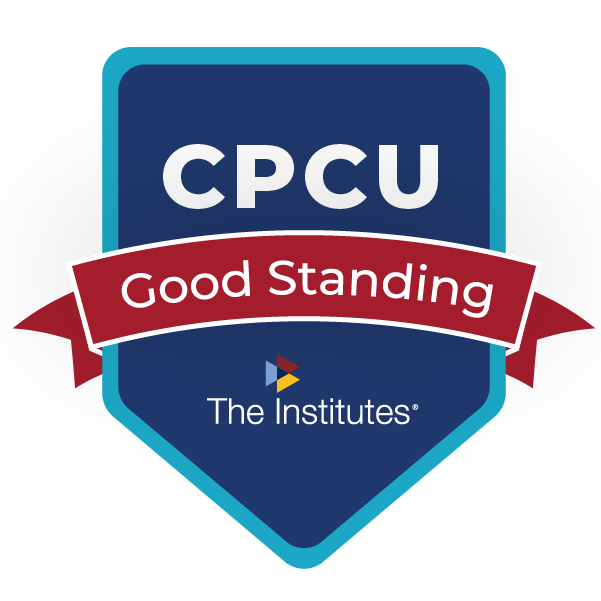Retirement Risk Research: The New Three R’s
Center for Retirement Research at Boston College
Among the growing body of academic research focusing on retirement vulnerability, a Special Project of the Center for Retirement Research at Boston College provides additional insights into one of the challenges facing all of us who worry about living comfortably during retirement.
Running out of money.
This project, called the National Retirement Risk Index (NRRI) measures the share of retirees “at risk” of being unable to maintain their pre-retirement standard of living during their golden years.
In its October, 2010 Fact Sheet entitled The NRRI and Annuities, the project compares and analyzes three common strategies for converting one’s nest egg into cash flows necessary to live comfortably during retirement:
The Annuitization Approach: Use life savings to buy an annuity which guarantees income for life
The 4% Draw Down Approach: Invest life savings, earn interest or dividends and “draw down” 4% of the balance each year until gone
The Interest Approach: Live off whatever interest one’s life savings can generate
The good news is that all three options still leave most people in fairly decent shape.
But by not annuitizing, some retirees increase their risk of running out of money by as much as 36% over some of the other approaches.
IRONY: Those in the highest income brackets are at significantly greater risk of having to cut back during retirement than their lower income counterparts by not annuitizing.
In reality, a combination of all three of these strategies makes a lot of sense for most people.
But anyone who fails to consider annuitizing at least some of their nest egg is not paying enough attention to the new three r’s.
And we all remember what happened to kids in school who didn’t pay attention to the original three r’s.
Posted: July 28, 2011 | by dan | Category: Articles, Blog, Retirement

















